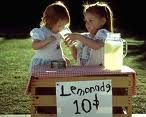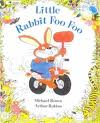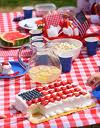Have you seen Waiting for Superman, a documentary on the lamentable state of our public education system? This documentary has ignited a debate in the editorial pages of our newspapers. This week Rupert Murdoch of The Wall Street Journal praised the film and called for reform in our public education.
 If you watch the news, you may have seen Davis Guggenheim, the director, discuss this documentary or Geoffrey Canada, CEO of the Harlem Children’s Zone, one of the heroes of this film. In the late ‘90’s, Geoffrey Canada proved that children from the most blighted and drug-infested areas of Harlem could not only succeed in his charter school but go on to graduate from college. So remarkable and inspirational is his story that 60 Minutes interviewed him, so too have Charlie Rose and Oprah.
If you watch the news, you may have seen Davis Guggenheim, the director, discuss this documentary or Geoffrey Canada, CEO of the Harlem Children’s Zone, one of the heroes of this film. In the late ‘90’s, Geoffrey Canada proved that children from the most blighted and drug-infested areas of Harlem could not only succeed in his charter school but go on to graduate from college. So remarkable and inspirational is his story that 60 Minutes interviewed him, so too have Charlie Rose and Oprah.
Stop to consider the social consequences of high schools whose drop-out rate is 60 per cent. These high schools in our inner-cities are nothing but factories for failure. It is time for education reform in our country. It is time for the teachers union to weed out ineffective teachers and improve their ranks. Bad teachers make it difficult for the good teachers to their job as they must spend so much time doing remedial work with students taught by these teachers.
.
Parents must demand accountability from the schools. At the same time, they must provide an environment at home which fosters learning. As I’ve said time and time again, a parent is a child’s first and primary teacher. Make sure homework gets done, Monitor television viewing. There should be NO tv in a child’s bedroom. The distraction is too great. Teachers must be accountable but so must parents.
I urge you to see this film and join in the debate.










